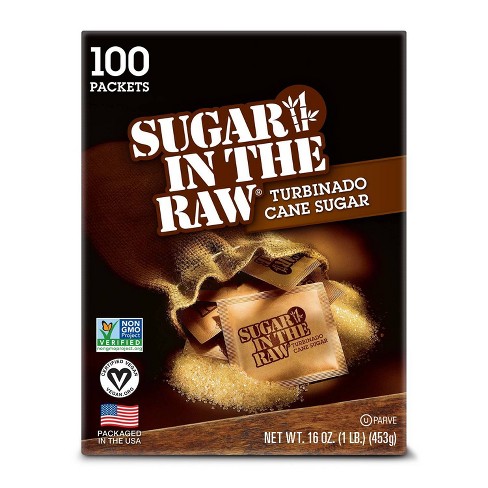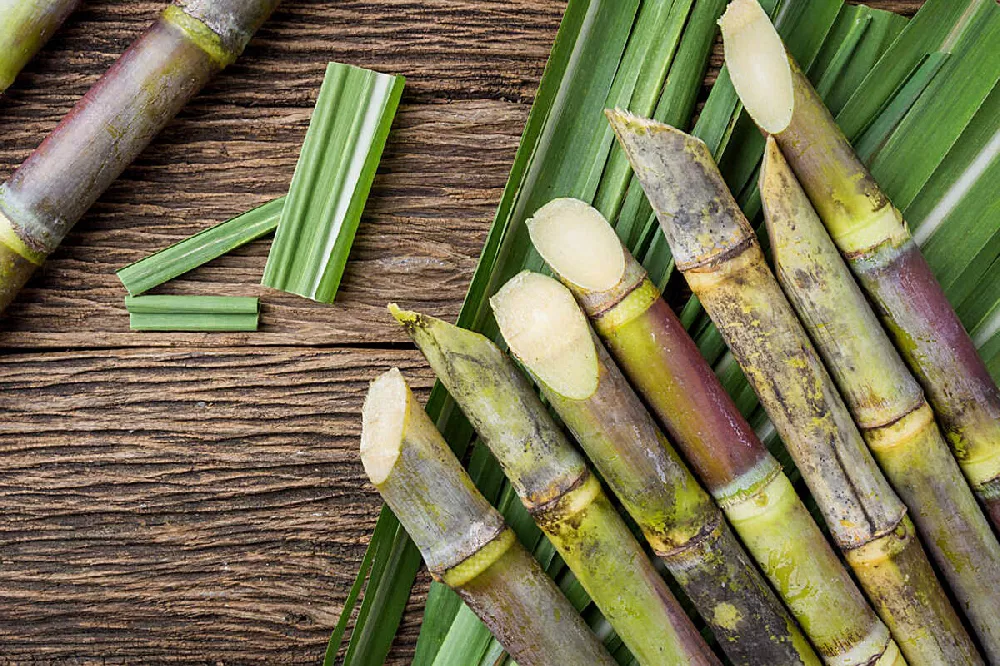Cane Sugar Processing Explained: What Takes Place Inside a Sugar Mill
Cane Sugar Processing Explained: What Takes Place Inside a Sugar Mill
Blog Article
A Thorough Guide to the Ecological Impact and Sustainability Practices in Cane Sugar Handling
The environmental impact of walking cane sugar handling presents an intricate variety of difficulties that warrant careful exam. From dirt degradation and too much water use to the carbon footprint linked with cultivation and production, the effects of conventional practices are far-ranging. What particular practices can be applied to strike a balance in between efficiency and ecological stewardship?
Overview of Walking Cane Sugar Processing
Cane sugar handling involves a collection of systematic actions that transform sugarcane right into refined sugar. Originally, gathered sugarcane is transferred to refining facilities, where it goes through cleaning to eliminate dirt and debris. Following this, the walking cane is crushed to draw out juice, which is after that clarified by getting rid of impurities with home heating and the enhancement of lime.
The made clear juice undergoes dissipation, where water is gotten rid of to concentrate the sugar web content. This focused syrup is then taken shape via cooling, enabling sugar crystals to form. These crystals are separated from the continuing to be syrup using centrifugation, leading to raw sugar. To attain polished sugar, the raw product goes through more filtration processes, which may consist of filtering and washing to get rid of continuing to be contaminations and color.
The end product is after that dried out and packaged for circulation. Throughout this entire process, preserving effectiveness and top quality control is necessary to make certain the sugar meets industry requirements. Each action in cane sugar handling not just adds to the end product yet additionally has effects for resource use and waste generation, establishing the phase for conversations on sustainability and ecological impacts connected with sugar production.
Environmental Challenges of Production
The production of walking cane sugar provides a number of considerable environmental challenges that warrant attention. One primary concern is the comprehensive use of agrochemicals, including plant foods and chemicals, which can result in soil degradation, biodiversity loss, and contamination of neighborhood water resources. The overflow from sugarcane fields usually lugs these chemicals right into nearby ecosystems, disrupting aquatic life and impacting the health of neighborhoods reliant on these water bodies.
One more obstacle is the high power usage connected with sugarcane processing. The boiling and refining phases need substantial warmth, mostly generated by burning fossil gas, adding to greenhouse gas emissions. In addition, the extensive acreage needed for sugarcane cultivation can bring about logging and habitat devastation, more aggravating climate adjustment and threatening wild animals.
In addition, the labor methods in some areas increase moral concerns, as employees may face inadequate working conditions and poor earnings. This situation usually continues a cycle of destitution in regional areas. Cane Sugar Processing. Attending to these environmental difficulties is crucial for establishing more sustainable techniques in cane sugar manufacturing, eventually profiting both the environment and the neighborhoods involved in this market
Water and Land Usage Effect
Water sources and land usage are essential components in the walking stick sugar industry that substantially impact the environment. The growing of sugarcane calls for substantial water input, with quotes recommending that it can eat approximately 2,000 litres of water per kilogram of sugar created. This extensive use water often causes deficiency of local water resources, affecting not only the sugarcane ranches but likewise surrounding Learn More ecological communities and areas that count on the exact same water resources for agriculture and residential usage.

Additionally, land usage for sugarcane cultivation can bring about deforestation and the conversion of all-natural habitats right into monoculture plantations. This technique diminishes biodiversity, interrupts local environments, and contributes to soil destruction. The expansion of sugarcane areas typically encroaches on important farming land, creating competition for sources between food and biofuel production.
Lasting practices, such as optimizing watering techniques and applying crop turning, are necessary to reduce these impacts. By embracing a lot more reliable water usage and land administration approaches, the cane sugar market can minimize its ecological impact, guaranteeing an equilibrium in between farming productivity and environmental preservation.
Greenhouse Gas Emissions
Greenhouse gas exhausts stand for a significant environmental worry within the walking cane sugar processing market, especially as farming methods increase to fulfill international need. The cultivation of sugarcane, a check my reference crop that flourishes in tropical climates, relies heavily on synthetic plant foods and chemicals, which add to nitrous oxide emissions. Additionally, land-use changes, including deforestation for brand-new sugarcane plantations, launch co2 saved in plant life and dirt.
During handling, power usage is another redirected here significant resource of greenhouse gas emissions - Cane Sugar Processing. Lots of sugar mills utilize fossil fuels to power equipment and produce heat, causing significant carbon footprints. Furthermore, the transport of raw sugarcane and completed items includes layers of discharges with fuel burning in cars
The cumulative result of these discharges worsens environment modification, posing dangers not only to the environment yet likewise to the lasting practicality of the industry. Stakeholders need to recognize the immediate need for thorough techniques that address these discharges. This involves assessing current agricultural techniques, processing approaches, and transportation systems to determine areas for enhancement and reduction. Resolving greenhouse gas emissions is essential for promoting a much more sustainable walking stick sugar industry in an altering environment.

Lasting Practices and Innovations
Sustainable practices and technologies are progressively important in the walking cane sugar handling industry as stakeholders look for to decrease ecological effects while keeping efficiency. One substantial innovation is the application of integrated plant management, which enhances source use by incorporating soil monitoring, insect control, and plant rotation strategies. This method boosts return while minimizing chemical inputs and protecting dirt health and wellness.
In addition, the adoption of eco-friendly energy resources, such as biomass from sugarcane deposits, has gotten grip - Cane Sugar Processing. By converting waste items right into energy, processing centers can lower their reliance on fossil gas, therefore reducing greenhouse gas discharges
Water monitoring practices have additionally seen improvements with the recycling and reusing of water in handling plants, significantly decreasing freshwater intake. Advancements in technology, such as precision agriculture, allow farmers to check crop health and resource use better, guaranteeing sustainable growing methods.
In addition, qualification programs like Fair Profession and Rainforest Partnership motivate ecologically accountable farming techniques and promote social equity within the supply chain. By welcoming these lasting methods and innovations, the walking stick sugar processing industry can improve its durability and add favorably to ecological stewardship.
Verdict
The ecological influence of walking cane sugar handling provides considerable difficulties, including soil degradation, high water consumption, and greenhouse gas exhausts, along with moral problems connected to labor methods. Attending to these problems with sustainable practices, such as incorporated plant administration, sustainable energy fostering, and water recycling, is essential. By promoting socially fair and ecologically responsible approaches in sugar manufacturing, the industry can mitigate its damaging impacts, guaranteeing a more lasting future for both neighborhoods and communities associated with this sector.
Walking cane sugar processing involves a collection of systematic actions that transform sugarcane right into refined sugar. Each step in walking stick sugar processing not just contributes to the last product yet likewise has implications for resource use and waste generation, establishing the stage for conversations on sustainability and environmental effects associated with sugar manufacturing.
Greenhouse gas emissions stand for a considerable ecological issue within the cane sugar handling industry, especially as farming practices broaden to meet worldwide need.Sustainable methods and developments are increasingly crucial in the cane sugar processing market as stakeholders look for to reduce ecological influences while maintaining efficiency.The ecological impact of walking stick sugar handling presents considerable obstacles, including soil deterioration, high water consumption, and greenhouse gas emissions, together with ethical issues associated to labor techniques.
Report this page